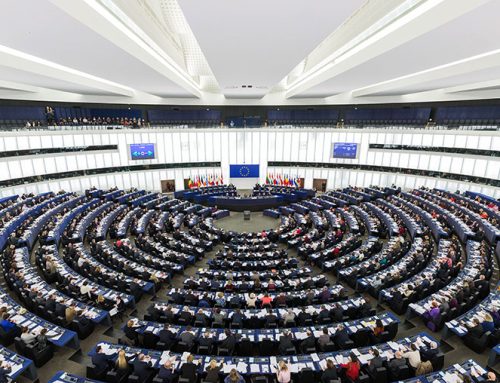The Autumn 2018 Economic Forecast published today shows that growth in the euro area is forecast to ease from a 10-year high of 2.4% in 2017 to 2.1% in 2018 before moderating further to 1.9% in 2019 and 1.7% in 2020.
The same pattern is expected for the EU27, with growth forecast at 2.2% in 2018, 2.0% in 2019 and 1.9% in 2020.
Valdis Dombrovskis, Vice-President for the Euro and Social Dialogue, also in charge of Financial Stability, Financial Services and Capital Markets Union, said: “All EU economies are set to grow this year and next, which will bring more jobs. However, uncertainty and risks, both external and internal, are on the rise and start to take a toll on the pace of economic activity. We need to stay vigilant and work harder to reinforce the resilience of our economies. At EU level it means taking concrete decisions on further strengthening our Economic and Monetary Union. At national level, there is even a stronger case for building up fiscal buffers and reducing debt while making sure that the benefits of growth are also felt by the most vulnerable members of society.”
Pierre Moscovici, Commissioner for Economic and Financial Affairs, Taxation and Customs, said: “The European economy is holding up well, with growth easing gradually. We project this pattern will continue over the next two years, as unemployment continues to fall to levels not seen since before the crisis. Public debt in the euro area is set to continue declining, with the deficit remaining well below 1% of GDP. In an increasingly uncertain international environment, policymakers both in Brussels and in national capitals must work to ensure that the euro area is strong enough to deal with whatever the future might hold.”
The full press release is available in all languages here. The full Autumn 2018 Economic Forecast is available here.




